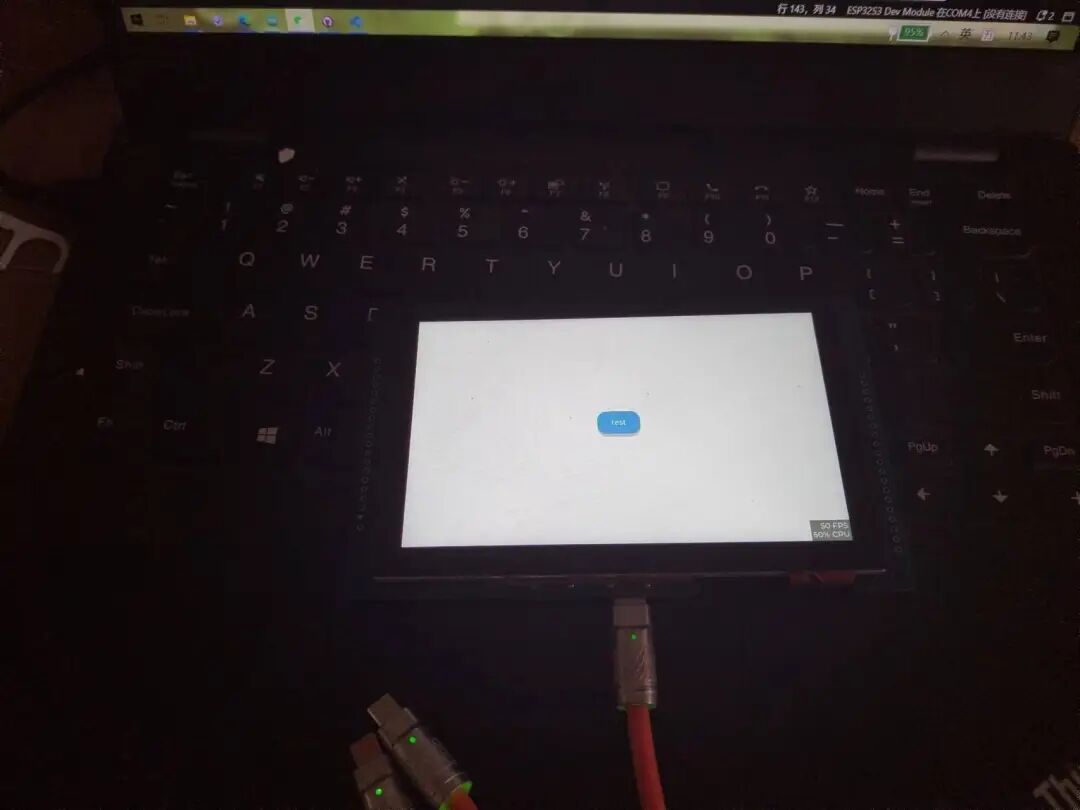Overview
ESP32_Display_Panel is an Arduino library specifically designed for ESP SoCs, primarily aimed at driving displays and enabling rapid GUI development. This library supports both official and third-party development boards from Espressif, and it also has the capability to customize development boards and use independent device drivers. Additionally, ESP32_Display_Panel is compatible with various LCD and touchscreen drivers, allowing users to choose flexibly based on their needs.
By encapsulating relevant components from the Espressif component library, ESP32_Display_Panel provides rich functionality and extensive hardware support, including development boards, driver compatibility, dependencies and version control, installation guides, and configuration instructions.
Supported Hardware and Features
ESP32_Display_Panel supports a variety of hardware, including development boards and drivers from different manufacturers, with the main features as follows:
Development Boards: Covers various models from both Espressif and third-party manufacturers, including boards based on ESP32-C3, ESP32-S3, and the M5Stack series. It supports the addition of more custom development boards.
LCD Controllers: Compatible with LCD controllers from brands such as GalaxyCore, Ilitek, NewVision, Sitronix, and supports multiple models.

Touch Controllers: Supports touch controllers from brands such as Hynitron, FocalTech, GOODiX, Sitronix, Parade, and Xptek, including models like CST816S, FT5x06, GT911, etc.
Dependencies and Versions: It is important to note that arduino-esp32 version must be greater than or equal to v3.0.0-alpha3 and compatible with the ESP32_IO_Expander library, while arduino-esp32 requires esp-idf5.0.
How to Use ESP32_Display_Panel
Users can install the ESP32_Display_Panel library in the Arduino IDE by following these steps, as well as configuring drivers and using supported or custom development boards. The configuration process involves modifying specific header files, such as ESP_Panel_Conf.h, ESP_Panel_Board_Supported.h, and ESP_Panel_Board_Custom.h, to match specific hardware and functional requirements.
Configuration Instructions: ESP32_Display_Panel provides flexible configuration options, allowing users to select supported development boards or custom drivers as needed. These configuration operations are achieved by modifying header files, enabling users to adjust parameters according to their needs to optimize the performance and appearance of the display interface.
Usage Examples: The library includes multiple examples covering different development platforms (such as Arduino IDE and PlatformIO), including application instances for LCD and touchscreens. These examples demonstrate how to implement basic graphical user interface (GUI) functionality on ESP SoCs and provide rich test cases, such as color bar displays and touch point coordinate printing.
Conclusion
ESP32_Display_Panel, with its comprehensive functionality and extensive hardware support, provides a powerful tool for display driving and GUI development on the ESP SoCs platform, simplifying the development process and accelerating time-to-market. Whether integrated into existing development boards or custom hardware solutions, ESP32_Display_Panel offers efficient and flexible support to meet developers’ diverse needs for display control and graphical interface functionality.
Project Address: https://github.com/ESP32_Display_Panel